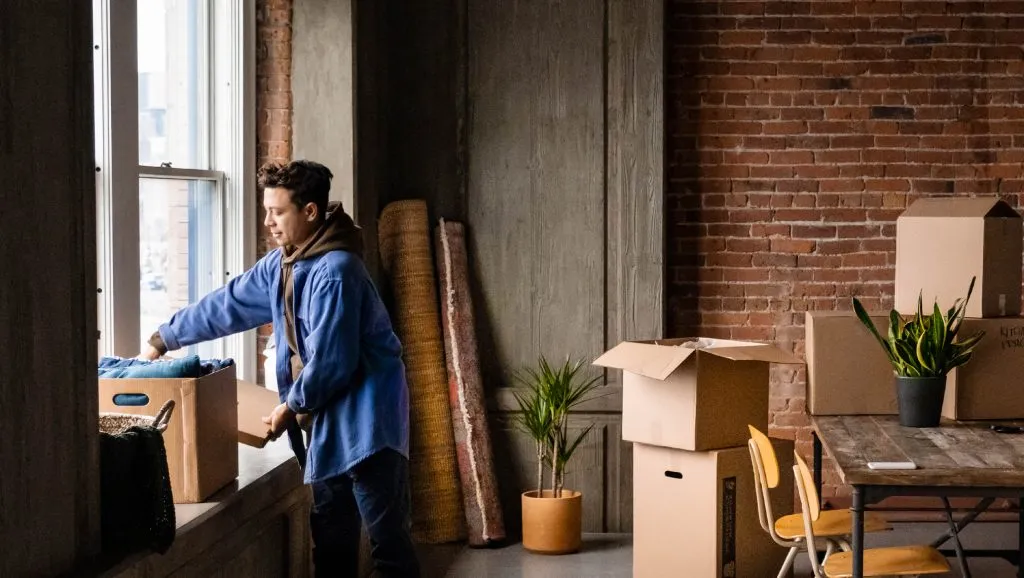When Should You Inspect Your Rental Property?

November 4, 2021
2 min read
Inspections are an essential task of a landlord or property manager: They help ensure that the home is being maintained, that problems are resolved before they escalate and that your investment remains profitable for years to come. The resulting inspection report can also serve as documentation of property condition if needed, such as for a dispute over the amount of the security deposit returned to the renter.
There are several times you should perform inspections at your rental property:
- Before bringing in a new property management company
- With your new tenant before they move in
- With your departing tenant before they move out
- In preparation for the changing seasons if there is expected maintenance
Remember that you need to give your tenant notice if you’re going to enter the property for an inspection.
Inspection before changing property management
If you’ve decided to hire a property management company or you’re changing management companies, go over your property from top to bottom and document the condition before the company comes in. The new property managers will most likely require a pre-agreement inspection or even do one themselves. If you’ve done your own, you might be able to use your report — at the very least, you’ll have an up-to-date assessment to compare to theirs.
This inspection is more detailed than a walkthrough and should give both you and the property management company an idea of the condition of the property as well as any work that needs to be done.
Move-in inspection
Before your new renter moves in, walk through the property with them and note (in writing) any existing damages to the property. Doing so protects you and the tenant from legal disputes concerning the condition of the property or the cost and responsibility for damages.
Landlords often give new tenants a rental inspection checklist to complete within 24 hours after moving in, but it’s better that you (or an inspection company, if you use one) and the renter do the inspection together since renters may not know what to look for.
Move-out inspection
When your tenant decides to move out, schedule an inspection with them before they hand over the keys. Performing a move-out inspection allows you to document if there is any damage to the property beyond normal wear and tear by comparing it to the inspection you did when the tenant moved in. If repairs will be needed, document the cost which you can then deduct from the renter’s security deposit.
Seasonal inspections
Even after your new resident moves in, you should do periodic visits to your property to make sure everything is in good working order, especially as the seasons change. Check plumbing, fire detectors, furnace filters, gutters, irrigation systems and anything else that would be costly to repair or replace — or worse, could cause damage — if it broke down at an inopportune time.
While the warmer months are ideal for taking care of larger repair and maintenance projects, you should do an inspection and plan maintenance on your rental property every few months. This will let your tenants know you care about your property and that you’ll take care of any issues that come up. Just be sure to give proper notice before visiting the property.
A thorough inspection can help you manage ongoing needs for maintenance at your rental property and keep communications with your tenant clear regarding the condition of the rental. By performing several inspections throughout the year and rental cycle, you can keep your investment in top shape.
Connect with us!
Learn how Zillow Rentals can help you reach your goals.
Stay informed. Stay ahead.
Access exclusive industry insights, market trends, and expert tips. Subscribe now to receive quarterly Zillow Rentals newsletters!